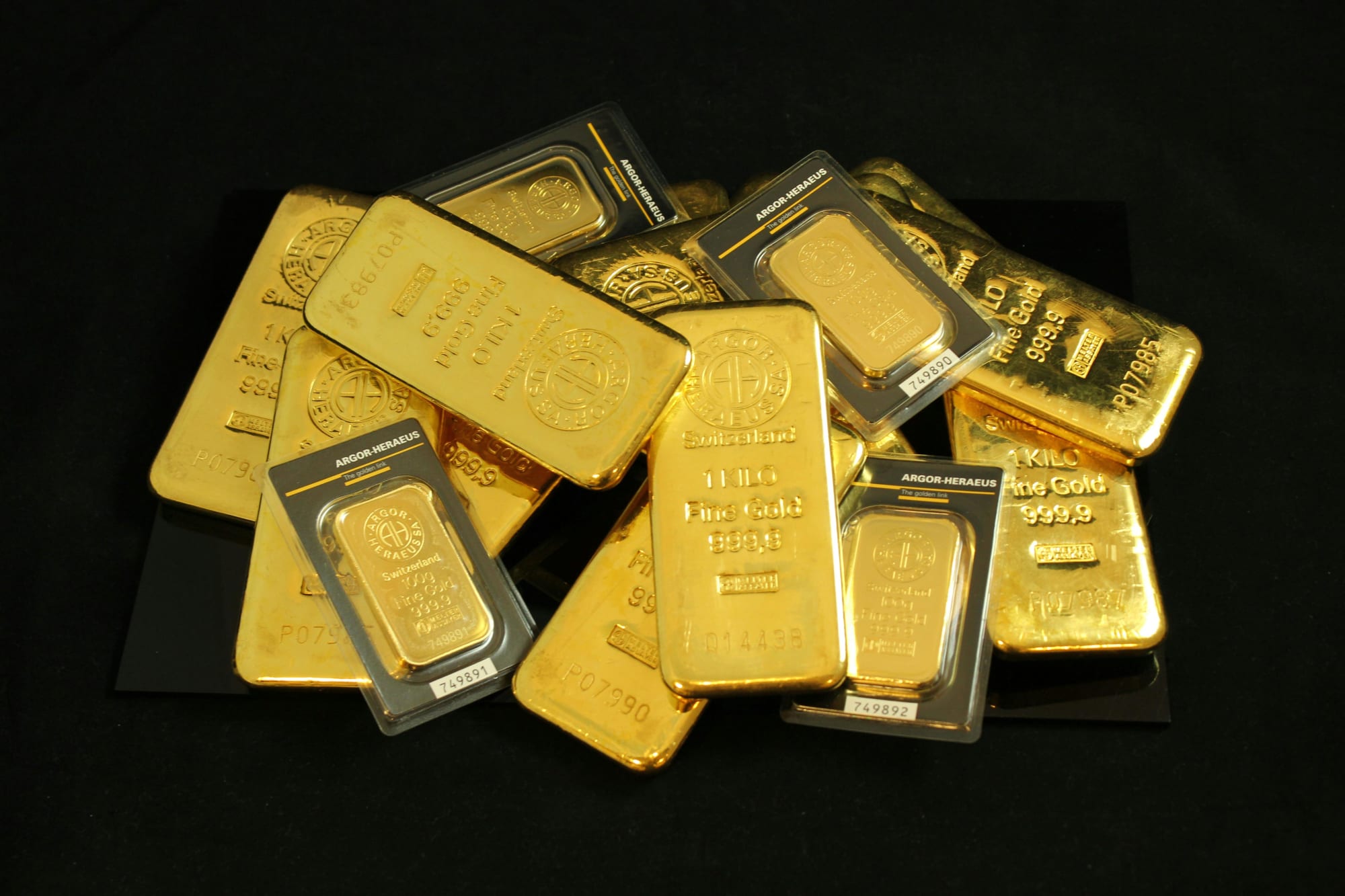Invest
Currency volatility to continue into 2020
With global markets set for a bumpy ride into 2020, the only certainty is uncertainty for the Australian dollar, according to a consulting giant.
Currency volatility to continue into 2020
With global markets set for a bumpy ride into 2020, the only certainty is uncertainty for the Australian dollar, according to a consulting giant.

Australia Matters, a new publication from PwC, has commented that the advent of a new decade “looks set to be a testing time for the country”.
“Market confidence is down, trust is wavering, growth is slow, productivity is stalling and geopolitical uncertainty is taking its toll,” it said.
With the report considering currency volatility to be “a sure bet”, the consultancy flagged that it’s the first time in recent memory that local interest rates are lower than US interest rates – and could go lower still.
The ongoing US and China trade war also presents other material risks that could trigger a currency shock for the Aussie dollar, it was outlined.

Global markets are also predicted to operate “markedly differently in 2020, adding to the general sense of instability”.
The report read that: “While currency fluctuations can be difficult to predict in any detail, the International Monetary Fund (IMF) World Trade Uncertainty Index (which remained largely stable over the past 20 years) recently spiked – from 5.11 in 2018 quarter one to 99.67 2019 quarter three, up 1,852 per cent – reflecting trade tensions between the US and China.”
While the Australian dollar is shaped by many factors, PwC said “its value is ultimately determined by the players within global currency markets”.
“As such, current uncertainty in the economies of our trading partners, coupled with fluctuations in commodity pricing, and an easing monetary policy, are linchpins in the intermediate-term exchange rate volatility we face.”
What does this mean for Australians and Australian companies?
According to PwC, a falling Australian dollar will typically increase the costs of imports and dramatically increase a company’s cost of capital expenditure.
It can make overseas investments more expensive, and increase the cost of servicing foreign currency debts.
It did counter that “of course, Australian exporters will benefit from enhanced competitiveness created by a lower Aussie dollar”.
On the other hand, when the Australian dollar does rise, exporters are less competitive.
This has the effect of pushing down dividends and can decrease a business’ market value.
At the same time, the cost of foreign inputs would also normally decrease, “giving importers a competitive advantage over domestic businesses”.
About the author

About the author


Investment insights
Gold demand hits record highs as investors seek refuge from market volatility
Global gold demand surged to record levels in the September quarter as investors sought safety amid volatile markets and growing geopolitical uncertainty, according to the World Gold Council’s Q3 2025 ...Read more

Investment insights
Global deal activity dips 4% amid cautious investor sentiment: GlobalData
Global deal activity has declined by 4 per cent year-on-year during the first three quarters of 2025 as deal-making slowed across regions and sectors, according to data and analytics firm GlobalDataRead more

Investment insights
RBA easing risk returns: How a possible November cut reshapes capital, currency and competitiveness
A four-year high in unemployment has put the Reserve Bank of Australia back in play, with major sell-side houses flagging a live risk of a November rate cut. For CFOs and boards, this is more than a ...Read more

Investment insights
Master the market with a cool head: Building durable portfolios in a heated economy
With investor activity in Australia back at an eight‑year high, the most expensive mistakes aren’t about picking the ‘wrong’ asset — they’re about running an undisciplined processRead more

Investment insights
EU policy reforms and pharma investments highlight shifting industry priorities
In a significant move to bolster the pharmaceutical landscape across Europe, the European Parliament's rapporteur has unveiled draft reforms to the proposed EU Critical Medicines Act. These reforms ...Read more

Investment insights
State Street warns of potential rate cuts as unemployment rises
In a development that has captured the attention of financial analysts and policymakers alike, the latest Labour Force data released today reveals a significant shift in Australia's employment ...Read more

Investment insights
Gold’s new playbook: from safe haven to strategic reserve as prices hit records
Gold’s rally to record territory in 2025 is not a speculative sideshow—it is a structural signal. With central banks accelerating diversification away from US Treasuries, real yields easing, and ...Read more

Investment insights
Investors maintain positive sentiment amid geopolitical uncertainties
In a surprising show of resilience, investors maintained a positive outlook in September, according to the latest State Street Institutional Investor Indicators released by State Street MarketsRead more

Investment insights
Gold demand hits record highs as investors seek refuge from market volatility
Global gold demand surged to record levels in the September quarter as investors sought safety amid volatile markets and growing geopolitical uncertainty, according to the World Gold Council’s Q3 2025 ...Read more

Investment insights
Global deal activity dips 4% amid cautious investor sentiment: GlobalData
Global deal activity has declined by 4 per cent year-on-year during the first three quarters of 2025 as deal-making slowed across regions and sectors, according to data and analytics firm GlobalDataRead more

Investment insights
RBA easing risk returns: How a possible November cut reshapes capital, currency and competitiveness
A four-year high in unemployment has put the Reserve Bank of Australia back in play, with major sell-side houses flagging a live risk of a November rate cut. For CFOs and boards, this is more than a ...Read more

Investment insights
Master the market with a cool head: Building durable portfolios in a heated economy
With investor activity in Australia back at an eight‑year high, the most expensive mistakes aren’t about picking the ‘wrong’ asset — they’re about running an undisciplined processRead more

Investment insights
EU policy reforms and pharma investments highlight shifting industry priorities
In a significant move to bolster the pharmaceutical landscape across Europe, the European Parliament's rapporteur has unveiled draft reforms to the proposed EU Critical Medicines Act. These reforms ...Read more

Investment insights
State Street warns of potential rate cuts as unemployment rises
In a development that has captured the attention of financial analysts and policymakers alike, the latest Labour Force data released today reveals a significant shift in Australia's employment ...Read more

Investment insights
Gold’s new playbook: from safe haven to strategic reserve as prices hit records
Gold’s rally to record territory in 2025 is not a speculative sideshow—it is a structural signal. With central banks accelerating diversification away from US Treasuries, real yields easing, and ...Read more

Investment insights
Investors maintain positive sentiment amid geopolitical uncertainties
In a surprising show of resilience, investors maintained a positive outlook in September, according to the latest State Street Institutional Investor Indicators released by State Street MarketsRead more








